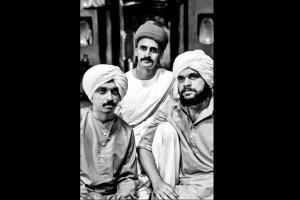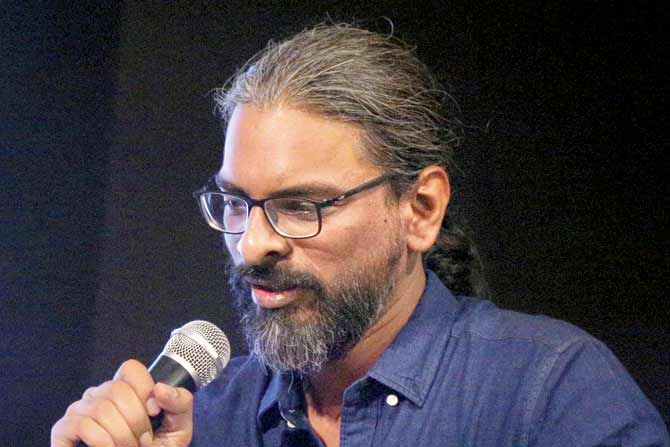Be it a story of a serial killer or a freedom fighter, fiction is getting a tough fight from real-life stories that are taking over OTT platforms

Still from Gondya Ala Re

A still from Barot House
But, along with freedom fighters, even the stories of serial killers get told. In Barot House, Sanjeev K Jha, the UP writer who wrote last month's Jabariya Jodi, had to enter the mind of a serial killer; that, too, a teenage one.
The show is based on different cases of serial killings across India of children, all allegedly by killers, who fell in the 14-18 age group. One took place in Maharashtra, one in Bihar. "For this show, I read a lot of serial killer novels and watched Mindhunter. I decided to go deep into the psyche of a troubled child, and had to question his parenting. So, this became a story about a father and son. When our children do wrong, aren't we the first ones to cover it?" says the 32-year-old writer, who feels that real-life stories are serving something useful to the audience. "I also found out interesting things during my research. Did you know that when serial killers are unsuccessful, they self-harm? We tried to keep it free of too much gore or sexual content, as it's more about psychology."

A still from Kaafir
In Rangbaaz, in place of a serial killer, is a gangster, who, as writer Siddharth Mishra says, is also a father, son and boyfriend. Rangbaaz is the story of Rajashtan's infamous gangster Shiv Prakash Shukla. "The story is not just about a gangster, but about caste politics and state politics that were in effect then. What made a farmer's son, who was studying to be an IAS officer, become a gangster instead? We had to know his surroundings and his equations with people," says the 38-year-old, who spoke to old-school journalists (active in the '90s) to know more while also travelling and meeting his acquaintances. "We haven't tried to justify anything, but you have to show the human element, and that only comes with research," he says. "You have to maintain a balance."

Siddharth Mishra writer, Rangbaaz
And, that could be the most important part of telling a true story: to make sure all sides are told. Just like a journalist, who reports both sides of the story, these writers and directors are trying to bring the truth to fore. As Sonam Nair, director of Kaafir, says, "With a movie like this, which is about a Pakistani woman who was called a terrorist because she got stuck in India, political implications are big. Everyone is scared to make the movie. That's why all the facts have to be in place. We got information from the real lady, who is played by Dia Mirza, and details from the lawyer defending her. We didn't make a movie about India or Pakistan; it's fair and balanced. It's eventually a human story."

Ankur Kakatkar, director, Gondya Ala Re
Catch up on all the latest Mumbai news, crime news, current affairs, and also a complete guide on Mumbai from food to things to do and events across the city here. Also download the new mid-day Android and iOS apps to get latest updates
 Subscribe today by clicking the link and stay updated with the latest news!" Click here!
Subscribe today by clicking the link and stay updated with the latest news!" Click here!







_d.png)



